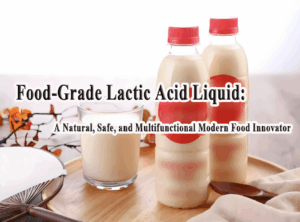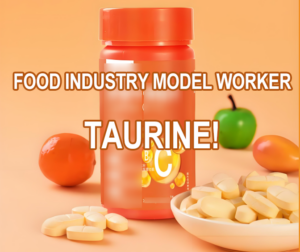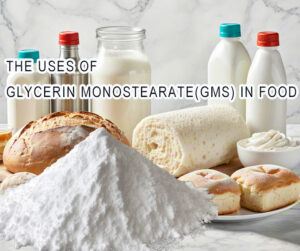The dance of raw material prices is like a powerful force that shapes the landscape of the food additives market. When raw material prices soar, it’s like a storm hitting our industry. Manufacturers face a tough challenge as their production costs skyrocket. This increase in costs often leads to a decision that can make our hearts flutter – raising the prices of those beloved food additives.

But it’s not all doom and gloom! Sometimes, when raw material prices take a dip, it’s like a breath of fresh air. Manufacturers can breathe a sigh of relief as their production costs come down. This gives them the opportunity to offer more competitive prices, making food additives more accessible and attractive to businesses and consumers alike.
The fluctuations in raw material prices also stir up innovation in the market. Companies are constantly on the lookout for alternative raw materials or more efficient production methods to keep their costs in check and stay ahead of the game. It’s like a race to find the best solutions and bring exciting new developments to the table.
Furthermore, changes in raw material prices can have a direct impact on the supply and demand dynamics. When prices rise, some smaller players might struggle to keep up, while larger companies might consolidate their positions. This shift can reshape the market landscape, creating new opportunities and challenges.
For example, the price of xanthan gum will be affected by the price of corn. When the price of corn as a raw material rises, xanthan gum will have more sufficient upward momentum. When the price of corn is low, the price of xanthan gum will also be sluggish. Of course, this product is also often affected by the relationship between supply and demand in the market.
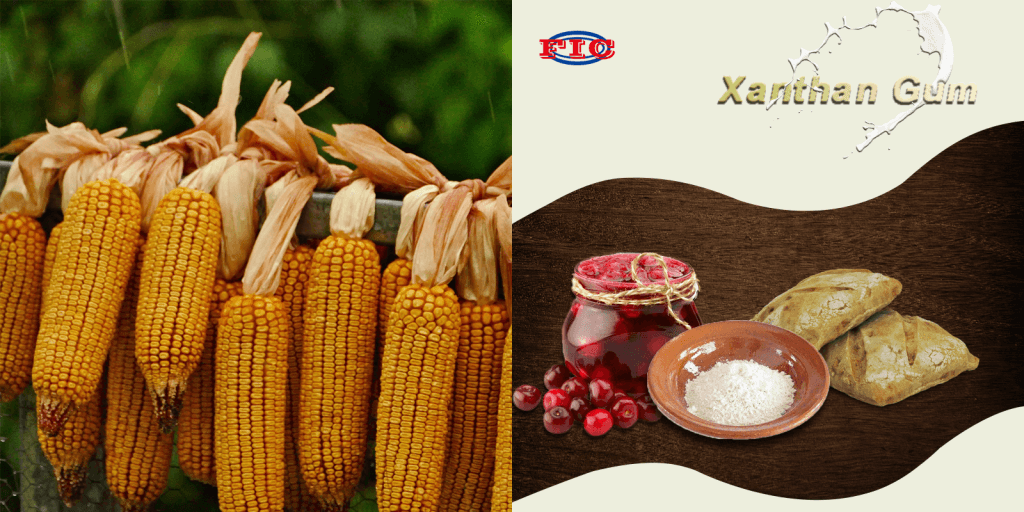
Another product, Distilled Monoglyceride (DMG/GMS), is more prominently affected by raw materials. The main raw material of this product is hydrogenated oil processed from palm oil. Since the beginning of the first quarter of 2024, the continuous price increase of palm oil has driven up the price of this product all the way. The futures price of palm oil has risen from $1040 per ton to $1180 per ton, and the price of this product has also increased from the finished product price of $1100 per ton to $1290 per ton. In the second quarter, the price of palm oil dropped back to less than $1100, and the price of Distilled Monoglyceride has been hovering around the ex-factory price of $1240 for the finished product. The finished product price shows a highly positive correlation with the raw material price. Coincidentally, soybean products have also declined all the way along with the plunge in the price of soybean raw materials.
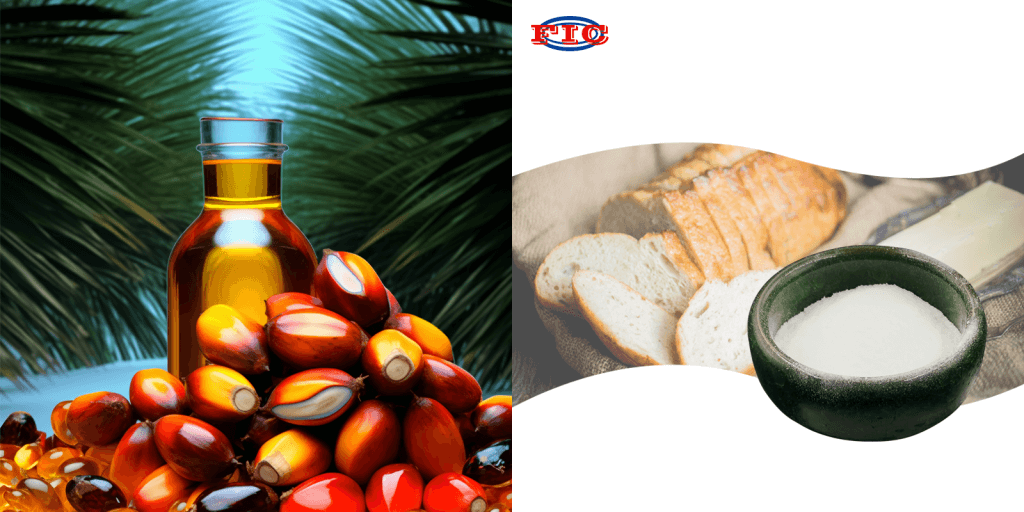
In conclusion, the ebb and flow of raw material prices is not just a numbers game; it’s a passionate story that influences every aspect of the food additives market. It’s a story of challenges, innovations, and endless possibilities that keep us on our toes and drive this industry forward. Let’s embrace these changes and look forward to a future filled with delicious and safe food additives, no matter what the raw material prices throw at us!






